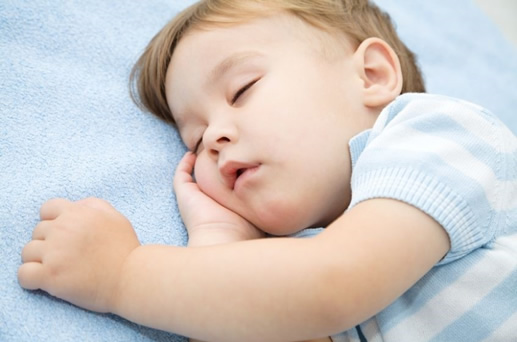 Does your child breathe through his/her mouth? Does your child have difficulty sleeping at night? Is there a history of recurrent or constant sinus/upper respiratory infections?
Does your child breathe through his/her mouth? Does your child have difficulty sleeping at night? Is there a history of recurrent or constant sinus/upper respiratory infections?
Does any of this sound familiar to you?
I have a young toddler who used to snore and who was a very difficult sleeper. I remember waking up several times nightly in response to audible cries from his bedroom. It seemed as if we could not feed the child enough food to keep him asleep. As a result of poor sleep, he was irritable, tired, and frankly miserable during the day. He did not breathe through his nose, so he did not want to eat, as he struggled to eat and breathe simultaneously. If these things were not enough, he had constant congestion in his nose and required antibiotics for a sinus or ear infection every 4-6 weeks. After consultation with his pediatrician, a referral was made to an otolaryngologist for evaluation of possible adenoid enlargement.
I am an ENT doctor myself, but I do not consider myself to be my children’s doctor, rather I simply try to be a good father. I consulted with Dr. Van Tuyl who performed my son’s adenoidectomy. He had an outpatient procedure and was his normal, bouncing, boisterous self the very next day. He is now a much improved, healthier, and happier version of himself, and his parents are enjoying his new sleep habits as much as he is!
Adenoid tissue is the same type of tissue as the tonsils that line the back of the throat. The adenoid is located in the nasopharynx, the throat in the back of the nasal passages. The normal adenoid tissue is where the infection fighting capability of the immune system matures. This important tissue is found along the length of the respiratory and gastrointestinal tracts.
When the adenoid enlarges, the result is blockage of the nasal passages which can lead to mouth breathing, nasal congestion, sinusitis, snoring, sleep disturbances, and ear infections. The abnormal tissue can be identified by examining the nasopharynx with a mirror, endoscope, or an x-ray or CT scan. Once adenoid hypertrophy is diagnosed, it can be alleviated with a simple procedure known as an adenoidectomy. Fortunately there is redundant tissue throughout the body and the procedure does not lead to immune system deficiency. The procedure is typically performed through the oral cavity under general anesthesia in an outpatient setting. Typically, children can return to their normal diet and activities the day of surgery.
It is rare that I have the opportunity to report on a procedure as a surgeon and as a father. I am glad that I could share my experience with the community. Please come and have a discussion with us if we can be helpful to your child!
– Lawrence L. Robinson, Jr., MD
